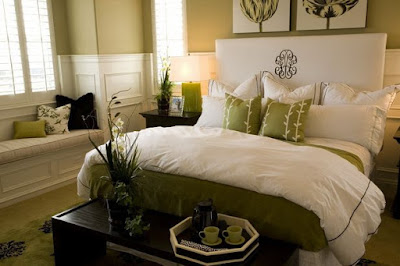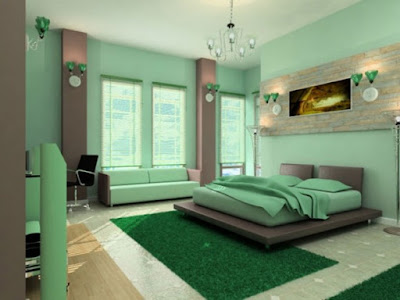Tips on Layout & Spacing for Recessed Lighting for the Living Room
Different Types for Different Purposes
Several types of recessed lighting fixtures are available. The type that aims straight down provides general lighting. Some aim at the wall, some are fixed and some are adjustable accent lights so you can aim them at a specific piece of artwork or other item on the wall. Wall washers are recessed lights made to aim at a wall to provide more diffused lighting. You can mix all of these kinds together or mix them with other types of light sources.
Spacing
When planning the spacing of individual lighting fixtures, consult the manufacturer's specs to see how wide a beam of light each individual fixture casts when mounted at the height of your ceiling. Draw a diagram with circles of that diameter showing how to distribute the lighting with various placements. Take into account the size of the room, the activities that take place there and the other lighting you might also use, including wall sconces, table and floor lamps.
Light Fixture Trim
Look for fixtures that have trim that matches your decor. Most recessed lighting fixtures have round trim, but you can also get square fixtures if you prefer. You can find trim that is a metallic gold, silver, bronze or white to match your ceiling color. The trim might be wide to make a statement or narrow and almost invisible. Most recessed lighting tends to have a modern look to it, but some trims fit the look of an older, traditional home.
Dimmer Switches and Wiring Diagrams
You have several options when it comes to controlling a series of recessed lighting fixtures in your living room. The simplest option is control them all with one wall switch, but this may not be your best option. If you have a TV in the room, or a large window that lets in a lot of light, or a bright table or floor lamp, you may have a good reason to want only some of the recessed lights on while others are off. Or if you have aimed some at the walls and others aimed straight down, you may want to control these separately. Consider also the option to put some or all of the recessed lights on a dimmer switch, so you can control the brightness of the light in the room.












Comments
Post a Comment